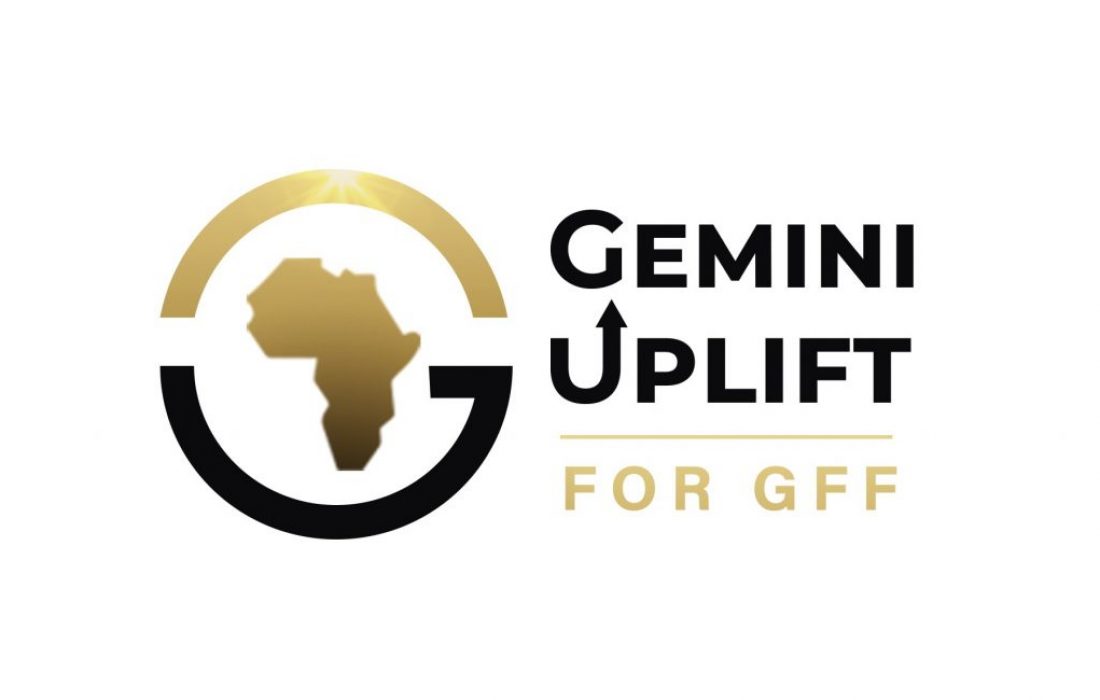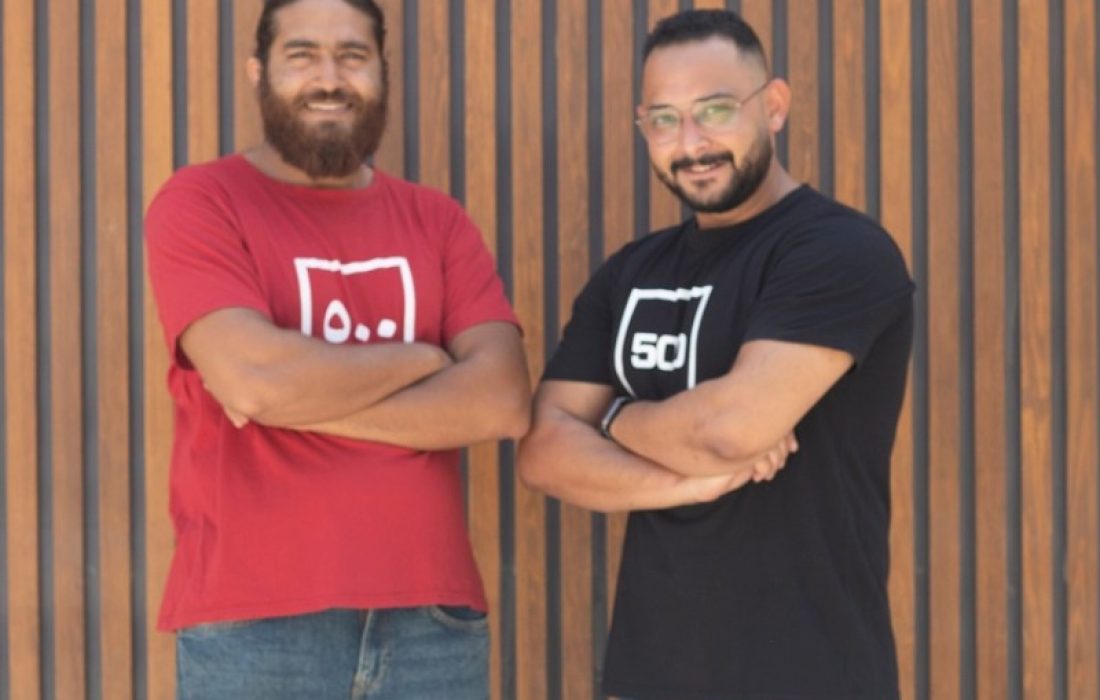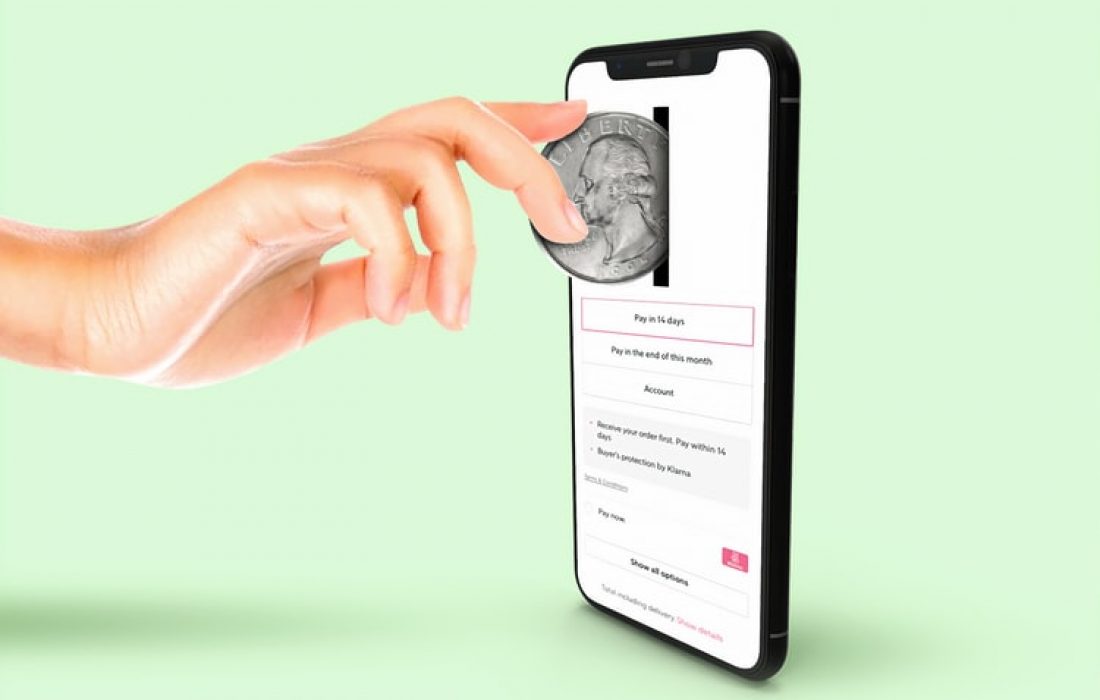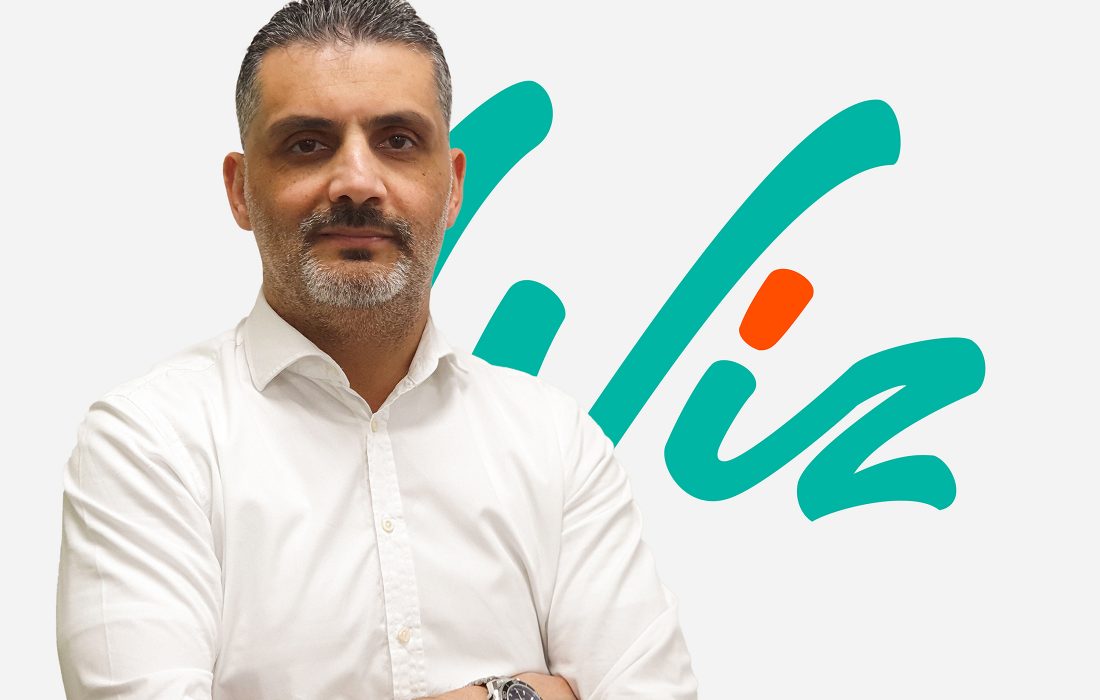Wirecard, a star of the German Fintech sector, stopped operations last June. Many of its management and board members got arrested on fraud charges. They were inflating transaction volume to fake growth.
Theranos, the infamous health tech startup, was founded in 2003 and ceased operations in 2018 after raising over a billion dollars worth of funding. They have claimed to have developed tech-based devices that are capable of running blood tests at a fraction of the blood volume usually needed. The tech was not feasible. The CEO and COO got charged for fraud.
Hampton Creek, the maker of vegan products, changed its branding and is fighting hard to regain credibility. They were caught rebuying their products from the market to reflect higher sales volumes. They were aiming to showcase a higher market demand for their vegan mayo right before their series C fundraising round.
Founders who fake it until they make it are not progressing with their startup, just creating the illusion of progress. When you, as a founder, decide that you need to convince everyone else with your startup’s value, you are suffering from a bad case of entrepreneurial vanity, and that will not end well. Other than yourself, your team, and your customers, you don’t need to convince anyone else. Your customer, your team, and yourself are the best places to learn from about how to create, deliver, and capture value. Faking will dilute your startup’s vision, undermine your morals as an entrepreneur, and most certainly will not teach you anything new about your customers’ needs, your team’s capabilities, and your leadership potential.
Prototype it Until you Make it!
When you get a good idea for a business, don’t let excitement blind you. At this point, all that you have is a highly uncertain and abstract notion of value, floating on a dreamy sea of assumptions. Congratulations, you are an assumption activist now.
In a startup context, you must understand that progress is defined on how much you are learning and how insightful your learnings are. For the past years, I have found that the best way to evaluate a startup idea is to transform it into a value proposition and tech needs. In other words, how is your idea offering value, to what customers, and what kind of tech do you need to make it a reality?
The answer to these questions is your startup idea’s first prototype. Remember, prototypes are study models we build to learn.
I Have My First Prototype, Now What?
Initiate primary research, looking for what is similar to your value proposition, and tech needs out there in the world. Don’t look for what is different at this stage. Focus on understanding similarities, types of customers, business models, and markets. Look for the failed attempts and the successful cases for startups that went for something similar to what you seek to do. When you feel like you learned enough, decide, with your co-founders , whether your idea of value has potential, needs changes, or forget about it and move on to another idea.
Congratulations, you are no longer an assumption activist. You now know a lot about your potential customer, market size, and possible business models. You also did not spend a penny on building the perfect product nobody wants, on designing a logo no one will remember, or buying the yellow and green beanbags.
My Idea of Value Has Potential. What Is Next?
If you decide to continue, you can now call yourself an entrepreneur. Why? Because you touched reality, saw a glimpse of how hard it can be, and you still decided to move forward with it.
Once you understood how similar your idea of value is, it is time to see how different it needs to be, but from the perspective of the customer. Initiate conversation with potential customers in the market. Make sure to make it stimulating enough to the customer but informative enough to answer your questions. Keep doing that, until you are clearly able to understand value from the customers’ point of view and then spend time on transforming it into clear cut product/service features. Go back to your client with your modified proposed solution and see if they would buy it. If not, then understand why.
Once you have some confirmation about the solution’s potential, it is time to take your prototype one step further, sketch your business model. Understand the value proposition’s business potential by testing potential prices and understand the customer lifetime value. At the same time, put together a simple proof of concept of the tech you need to make that solution, a tangible reality. Just enough to make sure the engineering behind it is doing everything it is supposed to do.
Increase the details of your prototype as validated learnings reduce the risk of your idea’s uncertainty. Keep progressing forward, until you reach a point you are no longer learning anything new. At this point, it is time to consider fundraising, hiring, company registration, designing the logo, and buying the beanbags. Dear entrepreneurs, there is nothing fake about building a company and no matter how clever you can be, “fake” has a very short life span. Focus your energy on customer-centric evidence-based progress. Remember, prototype it until you make it!
Goodwill and respect.
If you see something out of place or would like to contribute to this story, check out our Ethics and Policy section.














